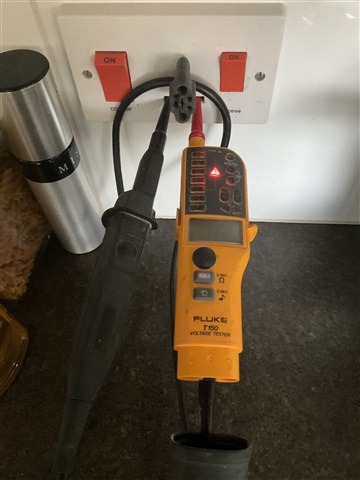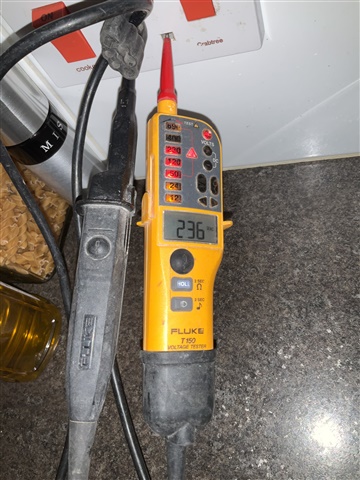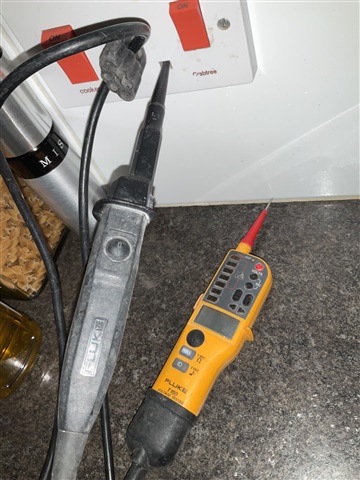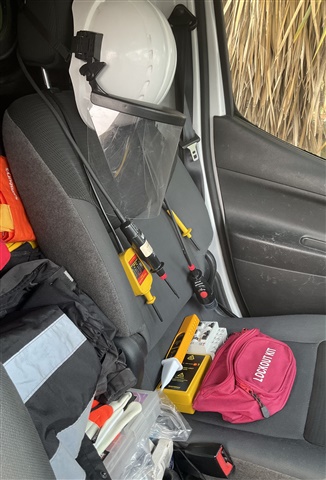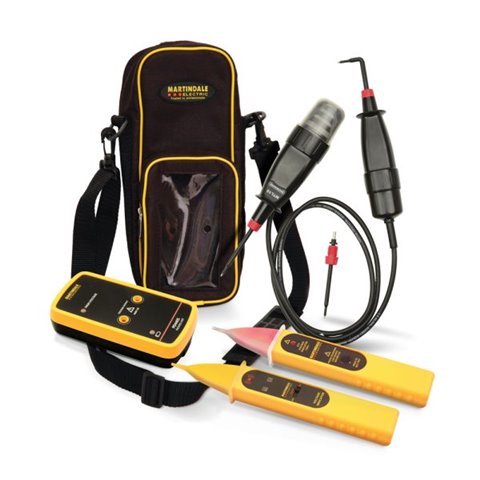Has anyone encountered a reverse polarity single phase PME supply to a house? If so, how did it happen and how was it detected?
I am intrigued to how you would discover it by measuring L-N, L-E, and N-E at the incoming side of the Main Switch, as the Earthing conductor would be connected to the Line at the cut-out and give 0V, the same as if it were correctly wired and you were measuring N-E?
I cannot get my head around how you would detect the issue.... maybe I will set it up on an empty standalone C/U and see what I get?

